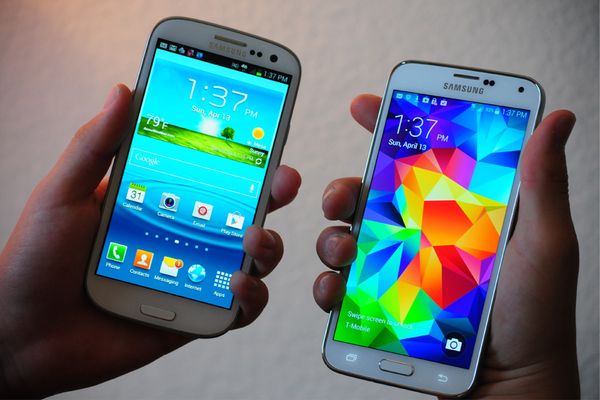Soon enough, the cars we drive will be more than conversation starters, status symbols or ways to get from one point to the next. Instead, they'll be the next platform in a world gone wired. According to the technology research firm iSuppli, 25 percent of cars will be connected to the Internet by 2015 [source: Barry].
In-car Internet might be the way of the future, but going online behind the wheel isn't anything new. In 1997, Toyota launched Monet, a service that allowed drivers to check their e-mail and news headlines, and access their home computers [source: Laterman]. Rival manufacturers rolled out their own automobile Internet services soon after [source: Bartz]. In the United States, satellite radio providers began transmitting traffic reports, weather updates and other data to their systems by the mid-2000s. Still, connected cars -- automobiles tied into the Internet and other communications networks -- are a relatively new phenomenon. ''The idea of connected cars is just starting to take off [in 2011],'' says Wayne Cunningham, senior editor of the Web site CNET Car Tech.
Advertisement
Today's connected cars physically access the Internet in several ways. Some cars, such as those equipped with the Ford Sync system, tap into the Internet connection on a driver's smartphone or a wireless USB adapter. Others, such as the 2011 Audi A8, use a separate data connection built into the car that accesses the Internet through a phone company's data service. There are aftermarket products to enable Internet access in cars as well -- the Autonet Mobile router connects to the Internet through a 3G or 4G cellular connection and allows Wi-Fi-enabled devices in and near the car to go online [source: Autonet Mobile].
Why are carmakers pushing for Internet connectivity in their cars? It's not just consumer demand -- it's the car manufacturers. Cunningham says the nature of auto development cycles means the latest cars tend to lag behind the latest technology. "Carmakers have been struggling with the fact that they want to put new technology in their cars, but they can't keep up because (by the end of) a five-year development cycle, the technology they put in their car could be four or five years old" [source: Cunningham]. By enabling their cars to access the Internet, adding the latest services and features requires a simple software update -- not a new lease.
What can you do with in-car Internet access? Let's take a look.
Advertisement



